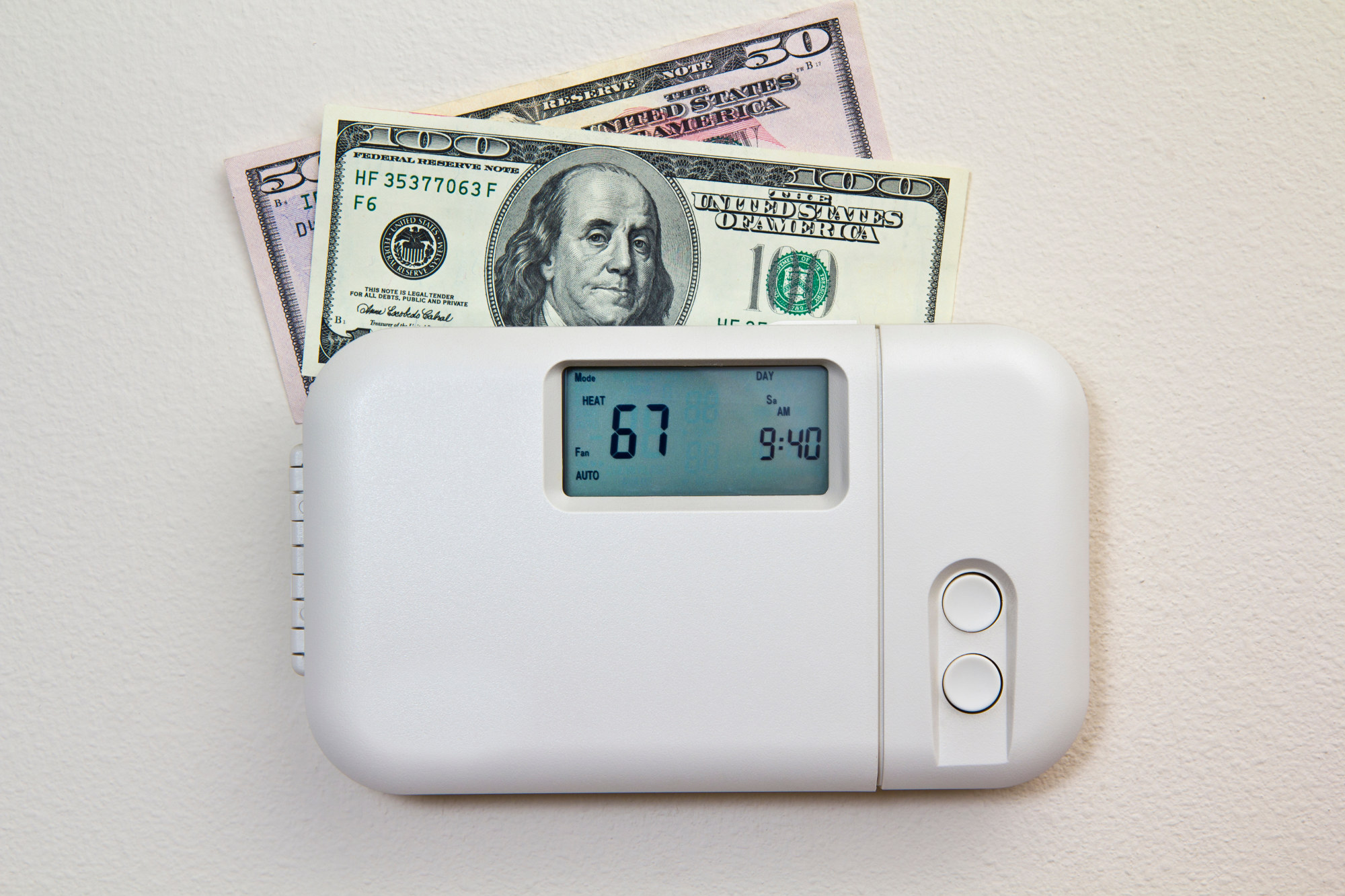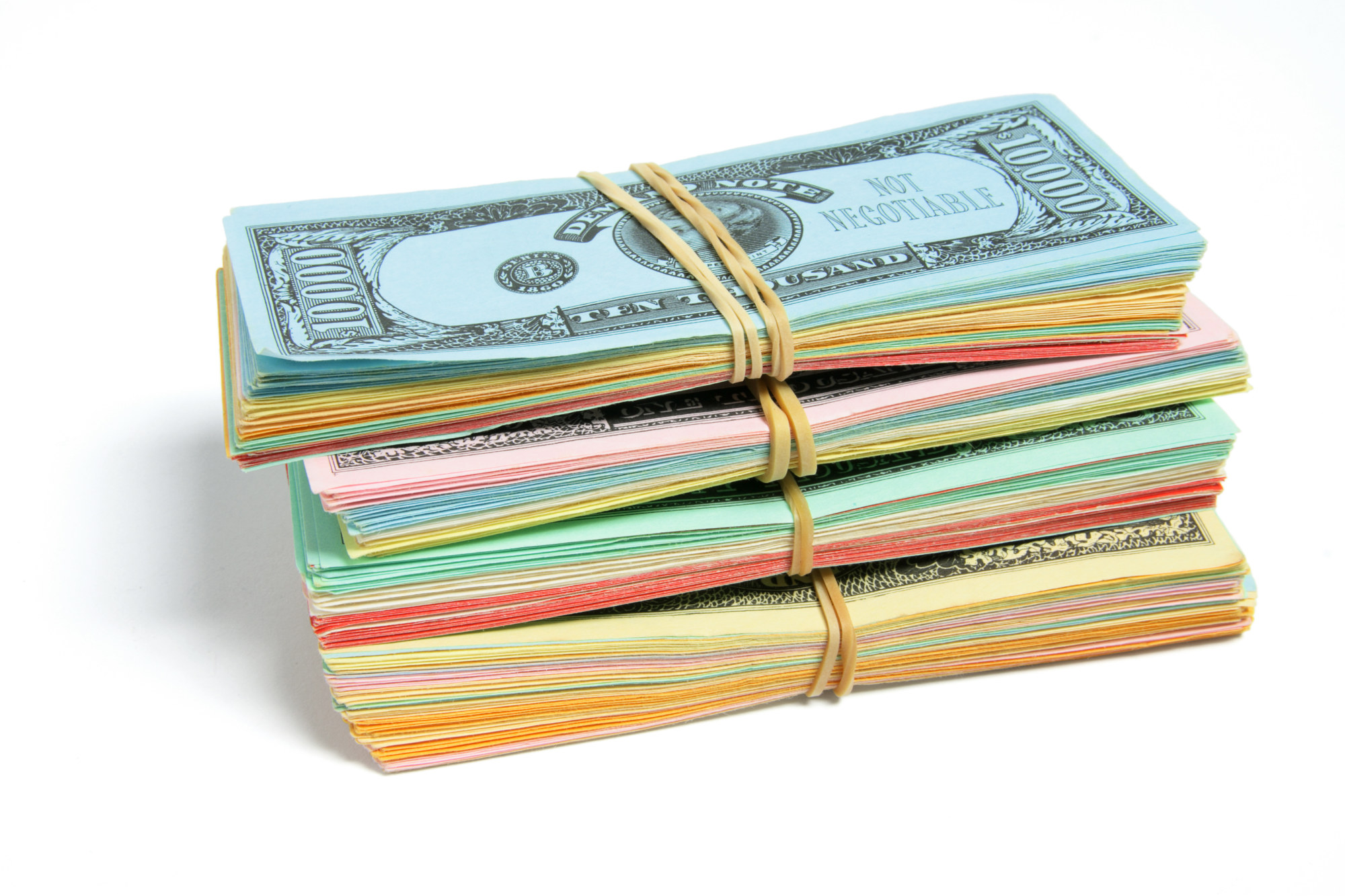Are you finding it impossible to make a monthly budget when your weekly paycheck is all over the map? One week your clipping coupons, and the next, you’re having the time of your life (within reason).
Good news: You are not alone. And if you or your spouse already have a second job to make ends meet, and that paycheck needs to be more consistent, you might feel like you cannot set a monthly target for spending and stick to it.
Better news: With some planning, a basic calculator, and some brainstorming, you can create a monthly budget, whether your week-to-week income calls for soup or sushi.
Here are six tips to keep in mind:
1. Averages Matter
The first thing you need to do is step back – way back – and crunch a few numbers. Add up your income for the last six to eight months (including a second job) and divide it by the number of months you used. So if you added up the last six months, divide your total by six. Now you have a basic number to work with.

2. Separate Need From Want
You’ve probably heard the term ‘discretionary spending.’ This is the income you can choose to spend after the fixed or essential expenses are paid. For example, you must pay your rent and utilities, buy food (more on that later), and spend money getting to work each day, whether you put gasoline in your car or take public transportation. You also might have a car payment. Add up all of those fixed costs. This is the amount of money you must set aside each month, period.
3. Show Me the (Discretionary) Money
This is the point of budgeting where you look at things you would like to spend money on clothing (non-essential), recreation, movies, going out to dinner, a weekend trip to the coast, etc. Did you write down “paying off credit card”? If not, write it down. The sooner you pay your card(s) off, the less your debt load will be. Which of the items that you wrote down are most important to you? Write them down in order of priority.
4. Know Your Limits
Assign an amount to each category of discretionary spending. Think of those amounts as lines in the sand: You cannot go over that amount on that particular item or activity unless you take it from another of your “choices.”

To give this some concreteness, use Monopoly money. Write the name of each item on your discretionary spending list on a separate envelope. Then, fill each envelope with the amount you’ve budgeted for that item. For example, before you go to the mall to buy an outfit, check the “Clothes” envelope and see what you have to work with. If you spend more than that amount, go straight home and move the money from another envelope to it. Don’t fudge!
5. Rainy Day Envelope
If you are in a stage of life where your monthly income is fluctuating, or you are barely making ends meet, try to set aside at least a little bit of each paycheck to allow for curve balls. In other words, have something to use for an unexpected, one-time medical or auto expense. When your pay fluctuates, saving for irregular expenses like car repairs is essential.
6. Stay on Track
Toward the end of each month, sit down and review your budget. Where did you go over budget and why? Did you spend less than expected on certain items or perhaps none at all? If that clothing envelope is still “full,” so to speak, park that money in the rainy-day envelope and forget about it. Adjust next month’s budget to reflect your spending.

This might seem like a lot of work, but you’ll be glad you did it someday. When creating your budget, consider “long-term care” as a fixed-cost item as early in your career as possible. Long-term care options like those with NPFBA are affordable and will save you much money in the long run.




